Take a step back in time as you walk through the ancient town of Siniawan. The century-old town is located in the Bau district, approximately 21km from Kuching or a drive of about 40 minutes. It holds historic significance and is well known among Sarawakians for its rustic charm and traditional wooden shop houses.
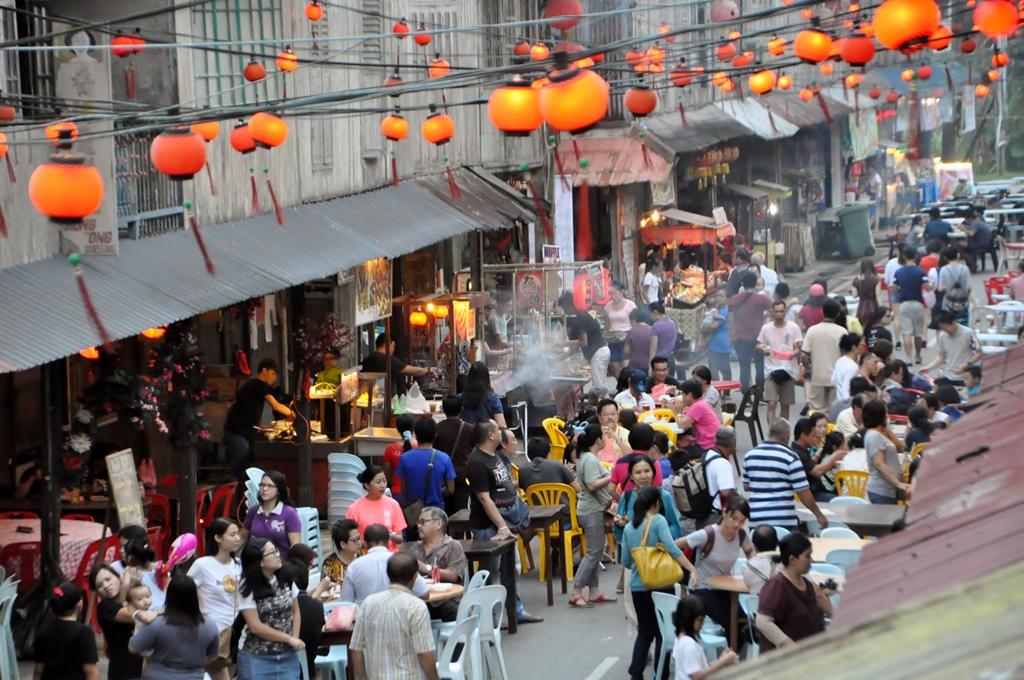
The Siniawan night market bustles with activity prior to the Covid-19 pandemic.
Visiting the town in the day will transport you to a scene of how Sarawak towns were over a century ago. The wooden buildings, though old and worn, beams with history and pride. These buildings once helped establish the town and its economy and provided the residents with shelter, a place for business and also leisure.
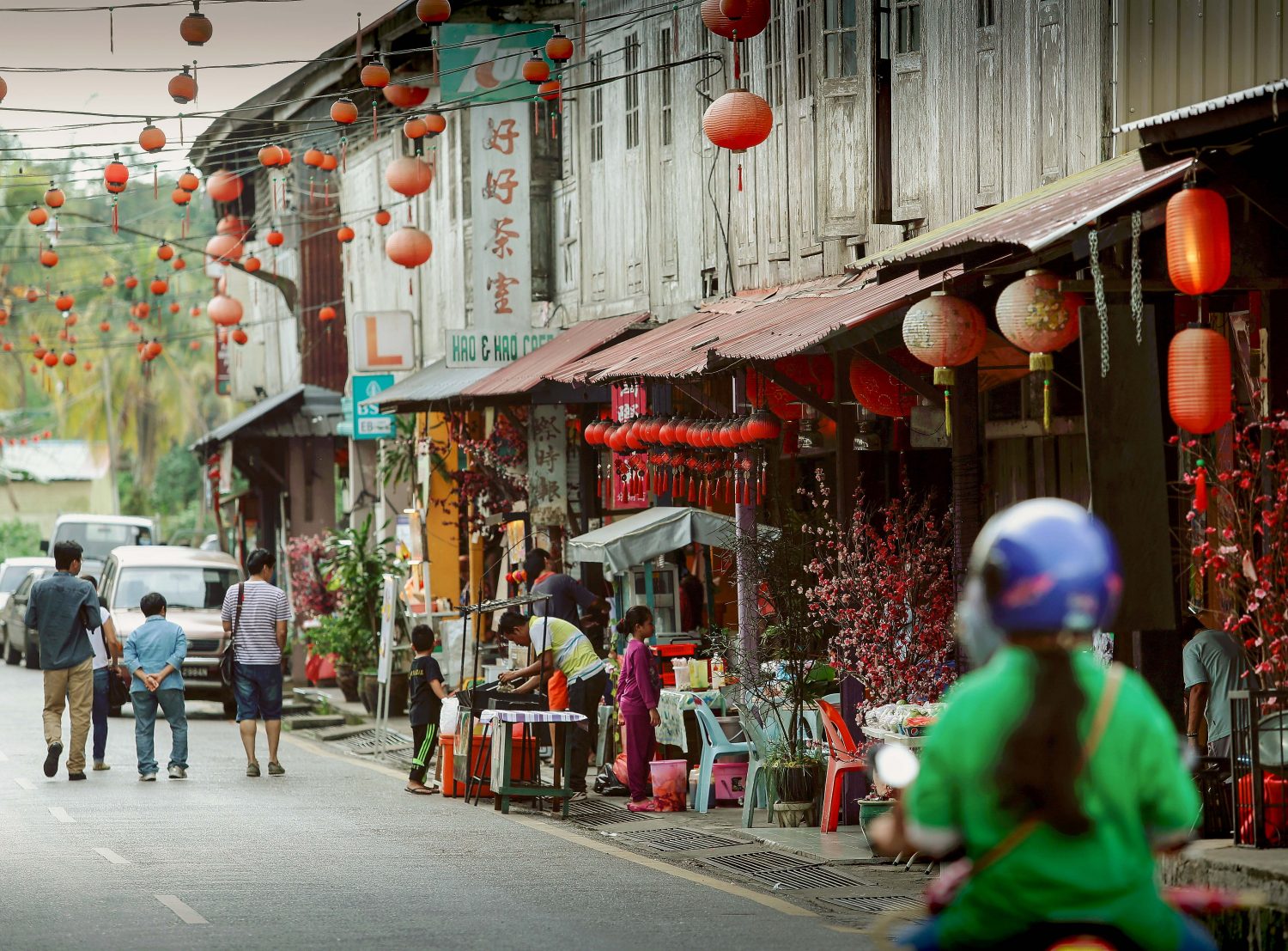
The Siniawan old street during the day.
Siniawan however truly comes alive at night when the street turns into a bustling night market. Red lanterns hung across the streets illuminate the night scene, transforming it into a lively, happy and festive market.
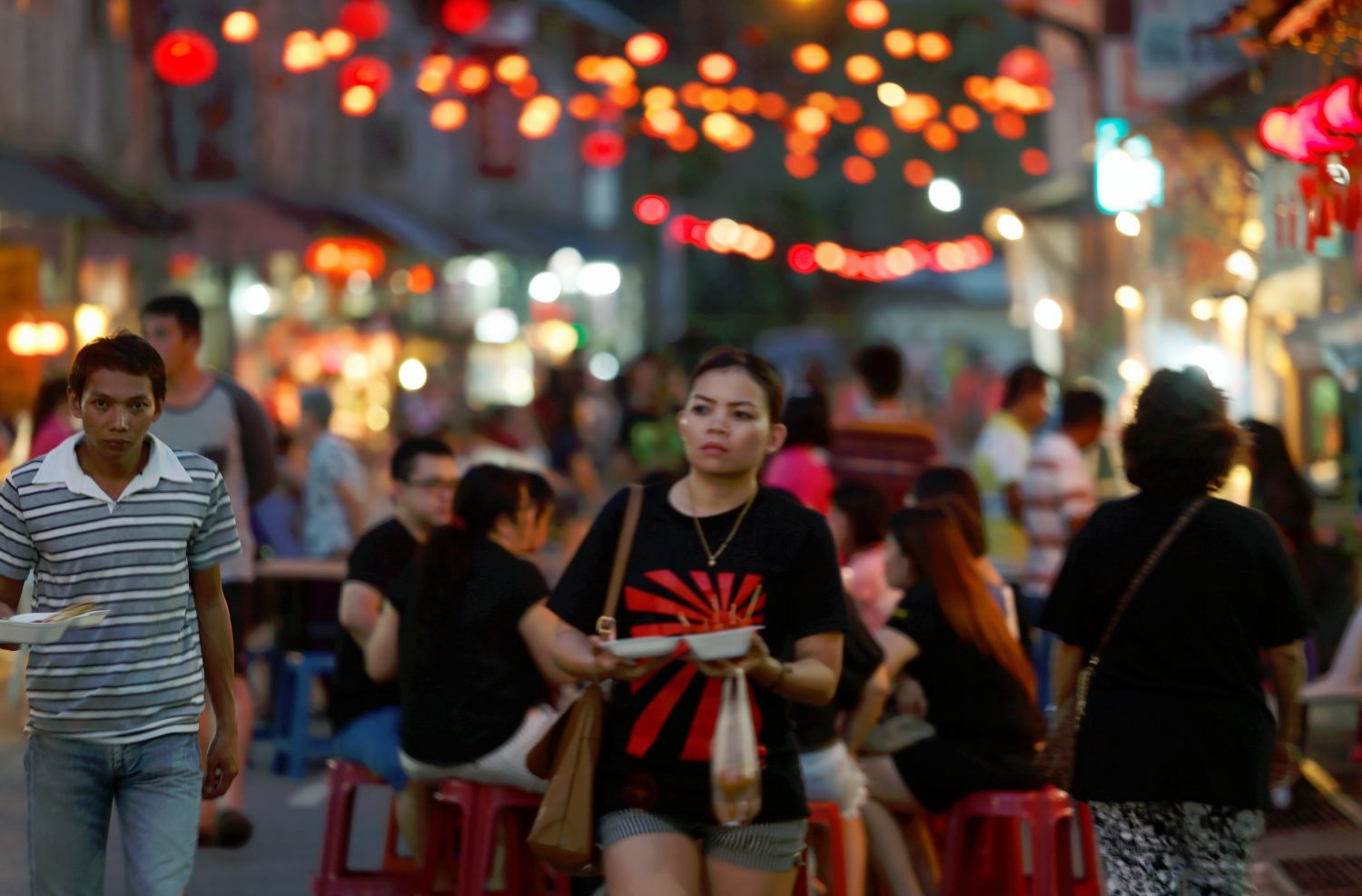
The Siniawan old street truly comes to life at night.
A highlight of the town is the Shui Yue Gong temple which houses a hundred-year-old statue of the deity Guanyin. The statue portrays the deity in a cross-legged posture. The temple is frequented by Sarawakians near and far to pray for both the safety of their family and for economic prosperity.
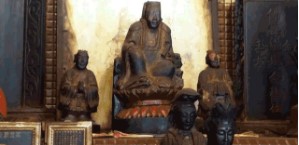
The hundred-year-old statue of the deity Guanyin at Siniawan’s Shui Yue Gong temple Image source: See Hua Daily News
Exploring Siniawan’s history
James Brooke, the first White Rajah of Sarawak from 1842 to 1868, once lived at Mount Serumbu, located just 2.7km from Seniawan. In December 1851, Spencer St John, who was the private secretary of Brooke, led an expedition where they travelled along Sarawak River to Siniawan’s bay.
The expedition was deeply impressed and entranced by the lively Siniawan Market. At the time, many local Chinese merchants were selling fresh fruits and vegetables, as well as all kinds of daily necessities sourced from both near and far places.
Siniawan’s fortune, however, took a downturn with the arrival of the Japanese troops. The small town experienced a long period of turmoil during the Japanese occupation in 1941. The anti-British colonisation protest was also launched following the Japanese occupation. This led to rampant migration and economic depression. Siniawan also experienced year-long floods during this time, resulting in heavy damage to the town. The town was slowly forgotten.
The residents who stayed behind continued to work actively and promoted a variety of local traditions and cultures. This eventually led to the formation of the Siniawan old street night market, putting the ancient town back on the map.
Traditional Activities at the Night Market
The night market is located between two rows of old wooden shops with tables and chairs set up on the road. Both locals and visitors alike travel to the market to enjoy the large variety of delicacies such as bamboo chicken, grilled fish, vegetable dumplings, pastries, pitcher rice, stew lamb, fried chicken, chicken wings, satay, kolo mee, laksa, and many more. There is no better way to spend an evening than to feast on local delicacies and immersing in the rustic and charming ambience.
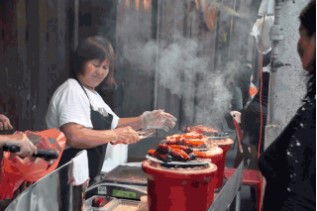
A large variety of food is sold at the Siniawan night market
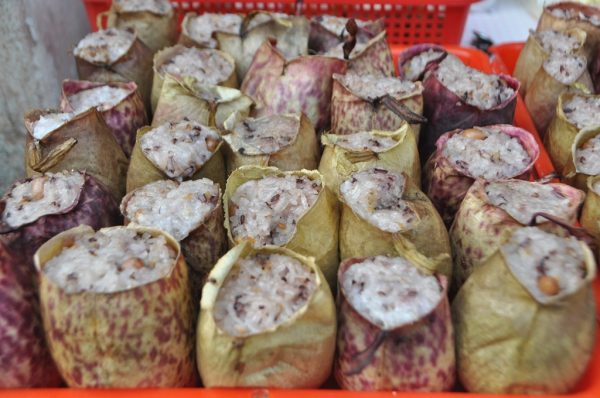
Rice being cooked and sold in pitcher plants
Learn more about Siniawan’s old night market here.
https://sarawaktourism.com/attraction/siniawan-old-town/